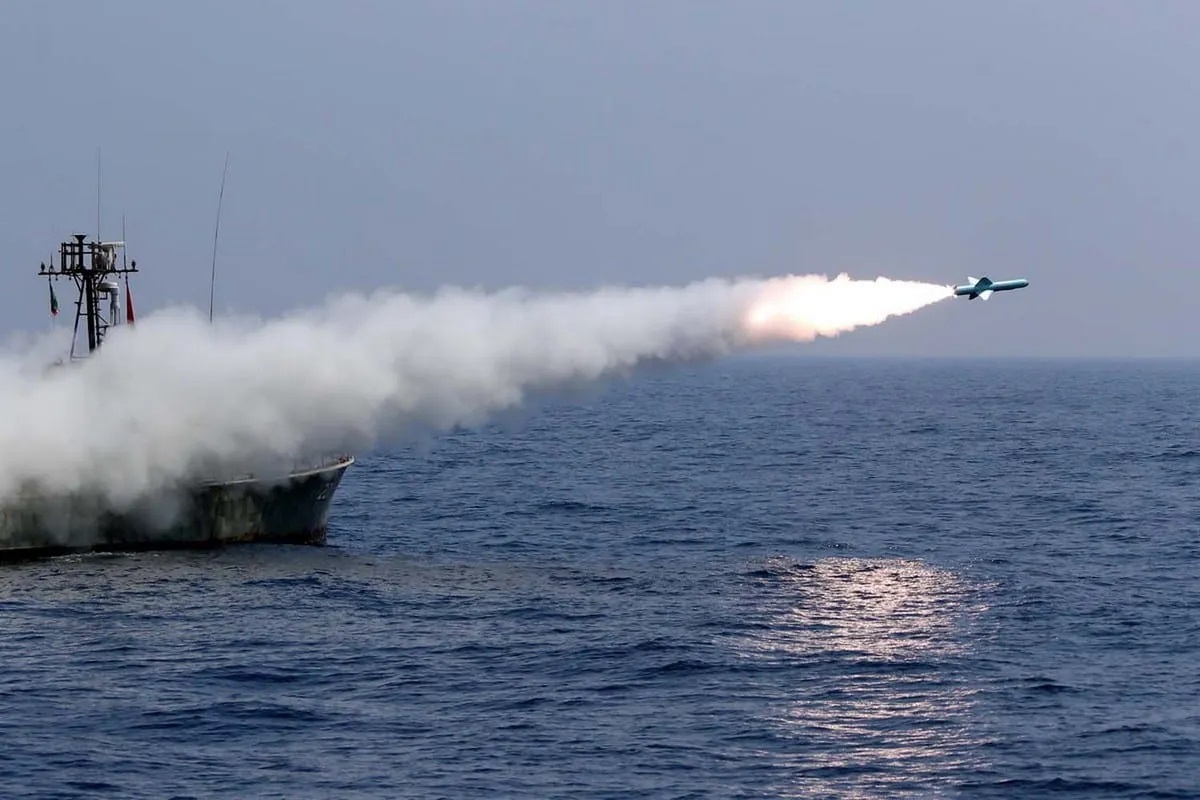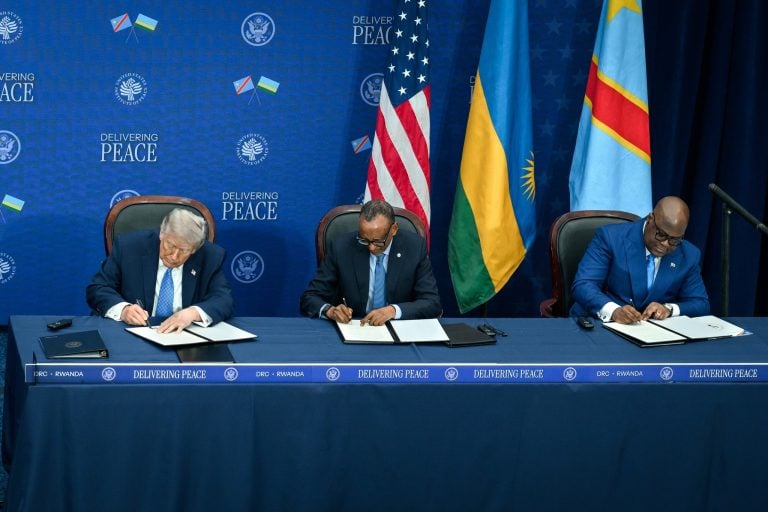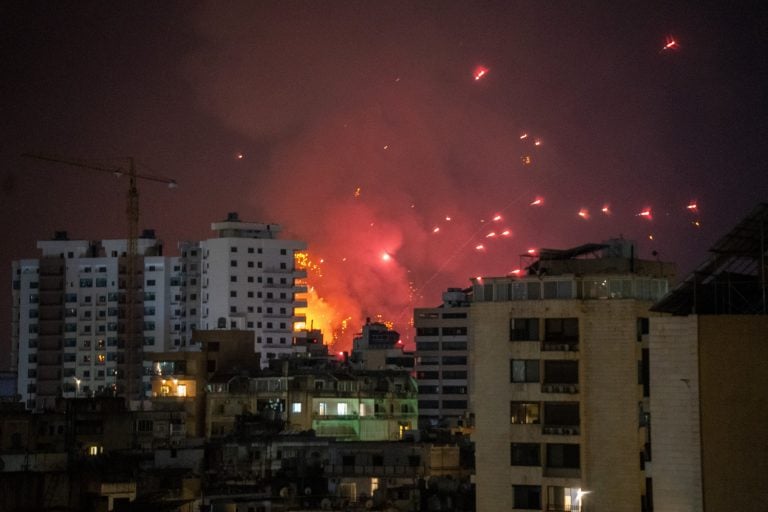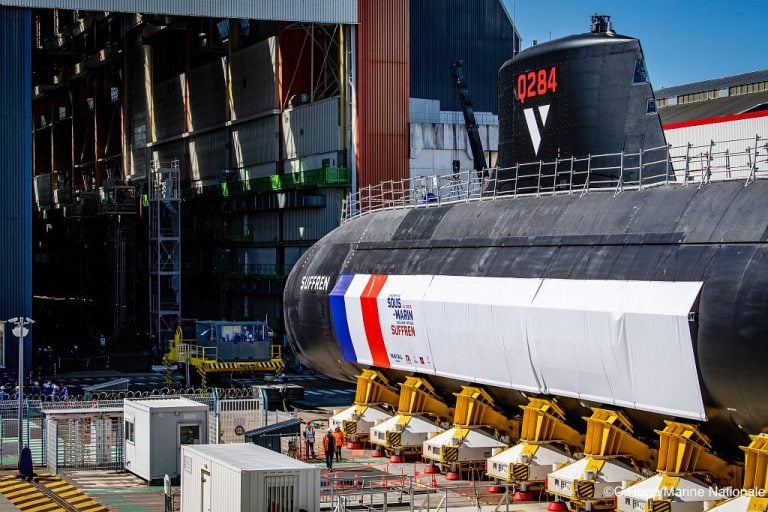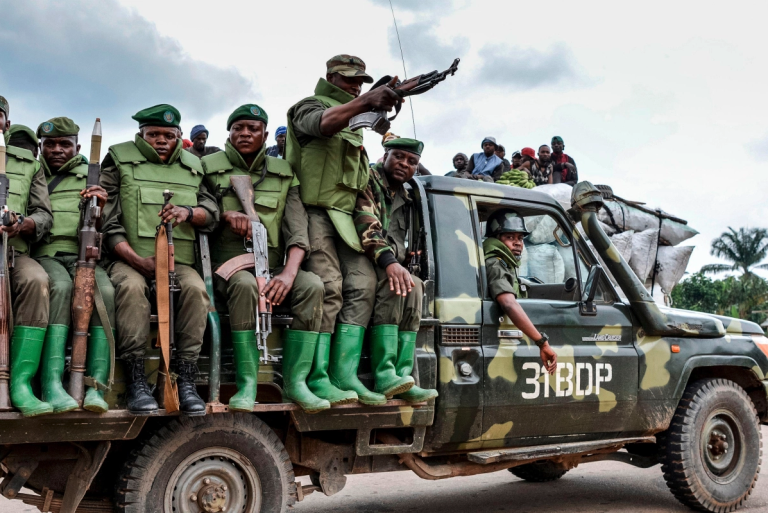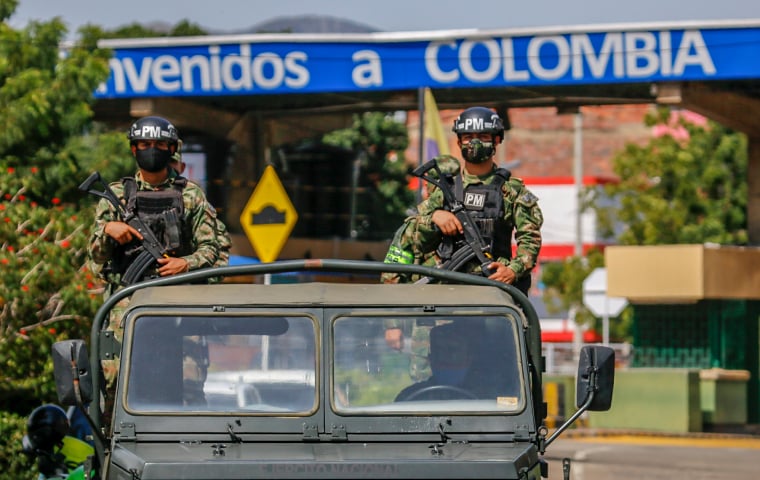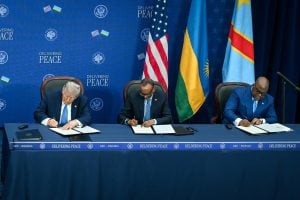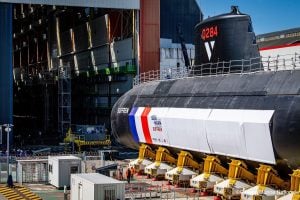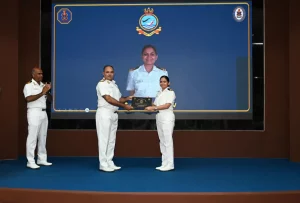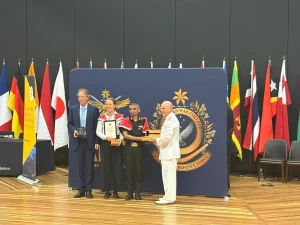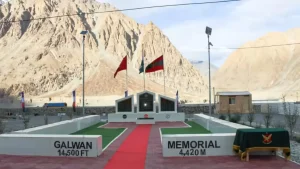Iran’s Revolutionary Guards have unveiled a new underground missile facility located on the country’s southern coast, as broadcasted by state television. This development comes just weeks after the introduction of an underground naval base. The missile facility reportedly houses hundreds of cruise missiles designed to combat enemy destroyers, particularly in scenarios involving electronic warfare.
The state television report stated that these advanced systems are strategically placed hundreds of meters underground, ensuring they can be made operational in a very short time frame. While the exact location of the facility remains undisclosed, it was emphasized that these missile systems possess the capability to be launched from hundreds of kilometers away, targeting vessels far out at sea.
The unveiling event included a tour led by General Hossein Salami, the Guards’ chief, alongside naval commander Rear Admiral Alireza Tangsiri. During this occasion, a new model of cruise missile named Ghadr-380 was also showcased. Tangsiri highlighted that this missile features anti-jamming technology and boasts a range exceeding 1,000 kilometers (over 600 miles), asserting its potential to “create hell for enemy vessels.”
This announcement follows last month’s presentation of an underground naval base meant for deploying assault boats in Iran’s southern waters, which encompass the strategically vital Gulf and the Strait of Hormuz. Furthermore, Iran’s armed forces are engaged in a series of military exercises, labeled Eqtedar (meaning “Might” in Persian), which began in early January and are scheduled to extend until mid-March. These drills include naval maneuvers and the unveiling of an advanced reconnaissance ship, alongside operations aimed at protecting Iran’s nuclear facilities from potential assaults by Israel or the United States.
The timing of these military displays coincides with heightened anticipation regarding the foreign policy direction of the United States under President Donald Trump, who is serving his second term. In the previous term, which ended in 2021, Trump adopted a “maximum pressure” strategy against Iran, notably withdrawing from a pivotal nuclear agreement and reinstating severe sanctions, a backdrop that adds intensity to Iran’s recent military developments and posturing.
